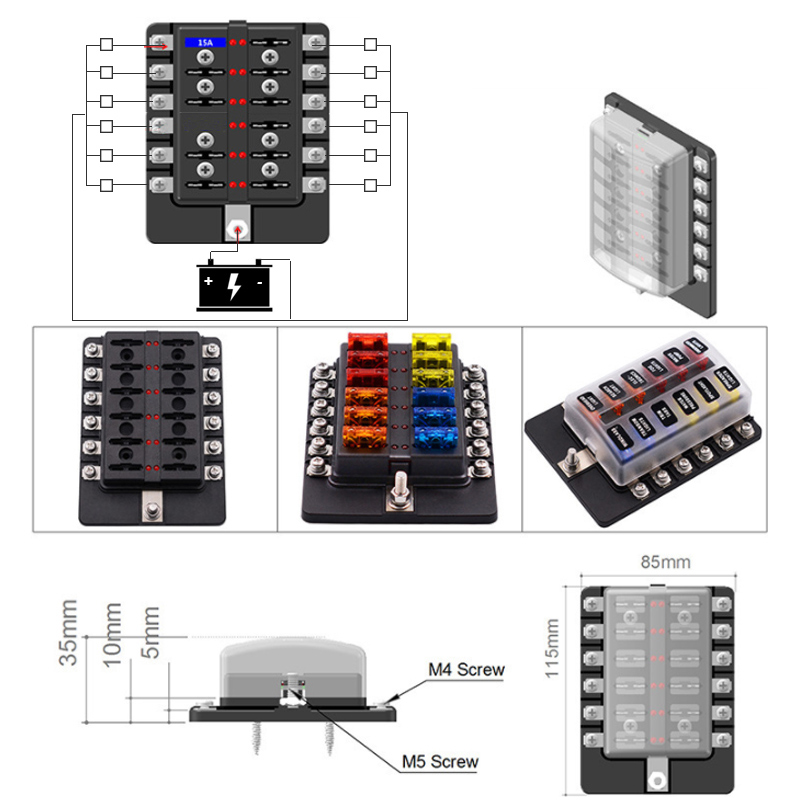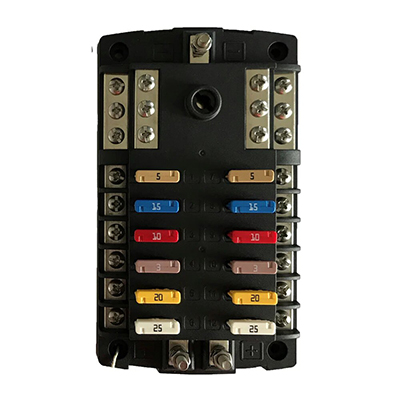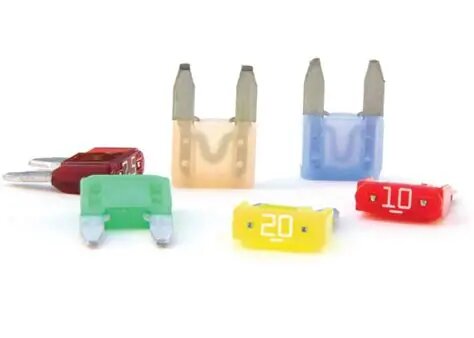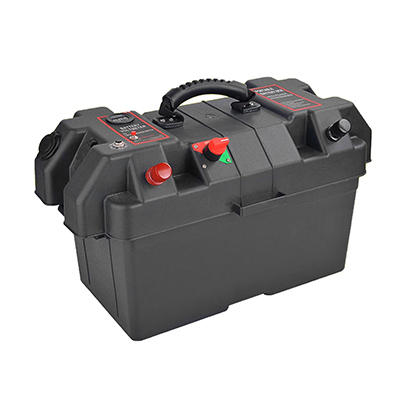A Step-by-Step Guide to Safely Wiring Multiple Automotive Accessories to a Single Fuse Holder in Your Vehicle
News 2025-10-20
In automotive modifications, optimizing power management is key to a successful setup. Wiring multiple accessories like dash cams, auxiliary lighting, or sound systems to a single fuse holder offers several advantages. It streamlines the electrical system, reduces the risk of wiring errors, and provides better organization. This method is ideal for car enthusiasts, off-road vehicles, or commercial fleets where multiple add-ons are common. By consolidating fuse protection, you enhance reliability and make future expansions easier, all while adhering to safety standards. Common application scenarios include custom builds for better visibility in low-light conditions or adding entertainment systems for long drives, with performance benefits like improved energy efficiency and reduced installation time.

Preparing the Necessary Tools and Materials
When preparing for the wiring task, having the right tools and materials is essential for a professional result. Start with safety gear such as gloves and eye protection. A digital multimeter is indispensable for voltage and continuity checks. Wire strippers, crimpers, and a soldering iron can ensure durable connections. Choose fuses and a fuse holder from reputable brands to guarantee quality. For instance, ATC or ATO type fuse holders are popular for their ease of use. Also, select wires with appropriate AWG ratings based on the amperage needs of your accessories to prevent voltage drop or overheating. This preparation step highlights the performance advantage of using high-quality components, which can extend the lifespan of both the accessories and the vehicle’s electrical system.
Step-by-Step Wiring Instructions
Safety first: always disconnect the battery before working on any electrical components. Choose a mounting location that is dry, secure, and accessible. After mounting the fuse holder, connect the power source carefully. Use a circuit breaker or a fuse on the main feed wire. For each accessory, strip the wires, crimp on terminals, and attach to the fuse holder’s outputs. Label each fuse for easy identification. Once all connections are made, reassemble any panels and reconnect the battery. Test each accessory to confirm functionality and check for any shorts or unusual heat. This structured approach ensures optimal performance by minimizing resistance and maximizing current flow, making it suitable for scenarios involving high-demand accessories like winches or inverters.
Frequently Asked Questions
1. What fuse size should I use for different accessories?
Fuse sizes depend on the device’s current draw; for example, use 10A for lights and 20A for amplifiers.
2. How do I calculate the total current for the fuse holder?
Sum the individual current ratings of all accessories and add a safety margin, typically 10-20%.
3. What are the risks of improper wiring?
Improper wiring can cause fires, damage to vehicle electronics, or accessory failure, so always follow guidelines.


